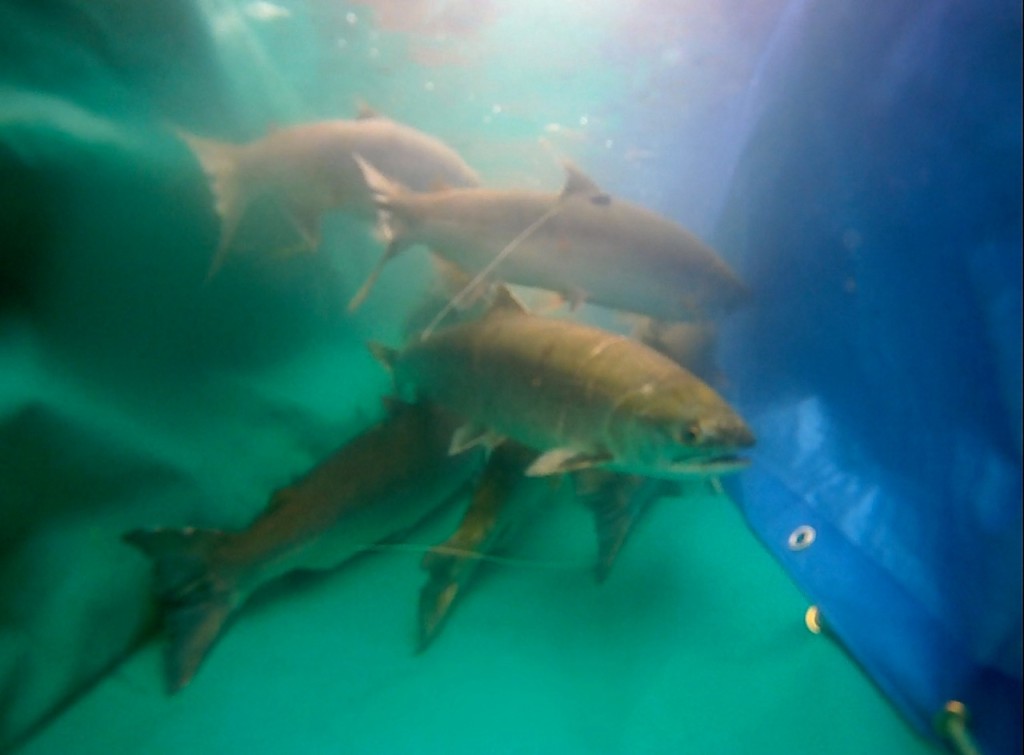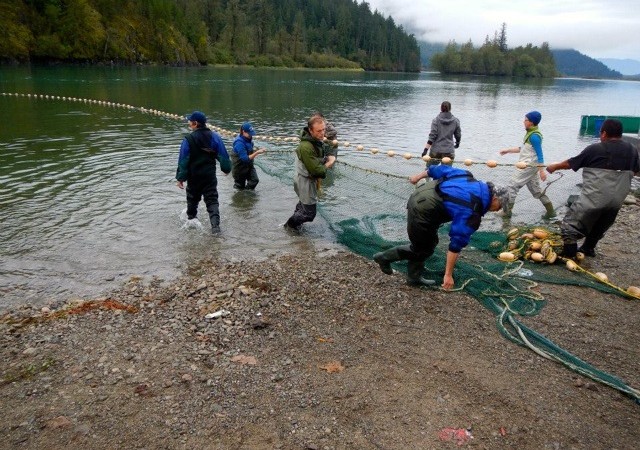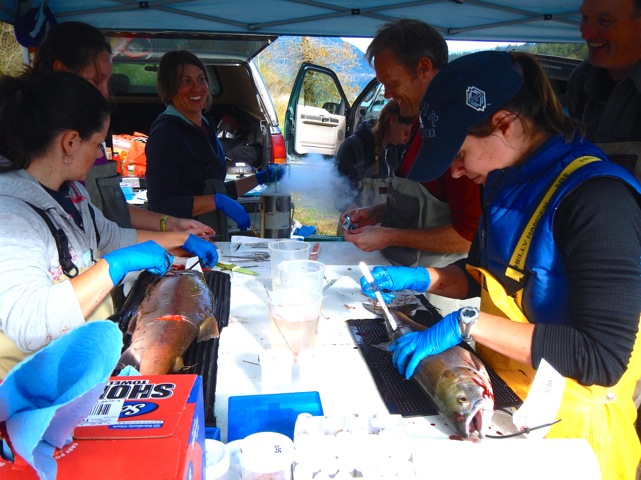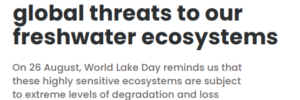Funded By
Natural Sciences and Engineering Research Council of Canada, Ocean Tracking Network, Department of Fisheries, and Oceans Pacific Salmon Commission
Research Team
David Patterson, Department of Fisheries and Oceans
Dr. Erika Eliason, Carleton University
Dr. Steven J. Cooke, Carleton University
Dr. Scott G. Hinch, University of British Columbia
Melissa Dick, Carleton University
Research Summary
All tagging programs have the potential to impact fish survival and behaviour. Sub-lethal effects and tag-related mortality are concerns for any tagging study but are rarely estimated. While several tagging studies have occurred on adult Harrison sockeye salmon in the past and have provided information relevant to determining relative survival, no research studies have been specifically designed to quantify the tag-related effects on migrating adult salmon. To help elucidate these questions, our research team has been conducting a paired analysis of gastric versus external (“backpack”) tagging techniques on adult sockeye salmon on the Harrison River in British Columbia. This study aims to develop estimates of tag-related mortality and behavioural impacts for different electronic telemetry tagging methods.
Adult sockeye salmon, captured by beach seine, were tagged with either a gastric or “backpack” dummy telemetry tag and held in a net pen in the river. Two time periods (mid-September and mid-October) were identified to test for interaction between tagging and environmental conditions (e.g. water temperature). Underwater cameras were installed in the net pens to capture potential behavior differences due to type of tag. After being held for 1 or 4 hours, fish were euthanized. A number of physiological parameters and tissue-specific responses will be examined once the post-mortem samples are processed, such as blood parameters, white and red muscle, and heart tissue.

Adult Harrison sockeye salmon held in the river in the net pen, tagged with either a gastric or external electronic telemetry tag.
Information from this study can be used to quantify effects associated with different tagging methods. This research will directly inform fisheries management models that use gastric or backpack tagging techniques and aims to facilitate stakeholder adoption of studies using electronic tags.
Project image: Pulling in the beach seine on the Harrison River, BC







